Patterns and consistent elements add a lot of character to your interior and dictate the general mood or vibe of the room. But keeping things too consistent and similar can result in excessive uniformity and leave the interior looking one dimension, even bland. The human eye is used to being challenged by the surrounding visuals. We want to see complexity, variation, and dimension. There are many ways to break up the homogenous visuals of the interior and the feature wall is one of the most effective ways of doing this.
Heterogeneity is the name of the game with accent walls. They are all about adding visual flair into the room that is not overly distracting or visually straining. And while the very vibrant and in-your-face accent wall designs have not been as much of a trend in recent years, there are still many subtle ways to introduce them into your interior.
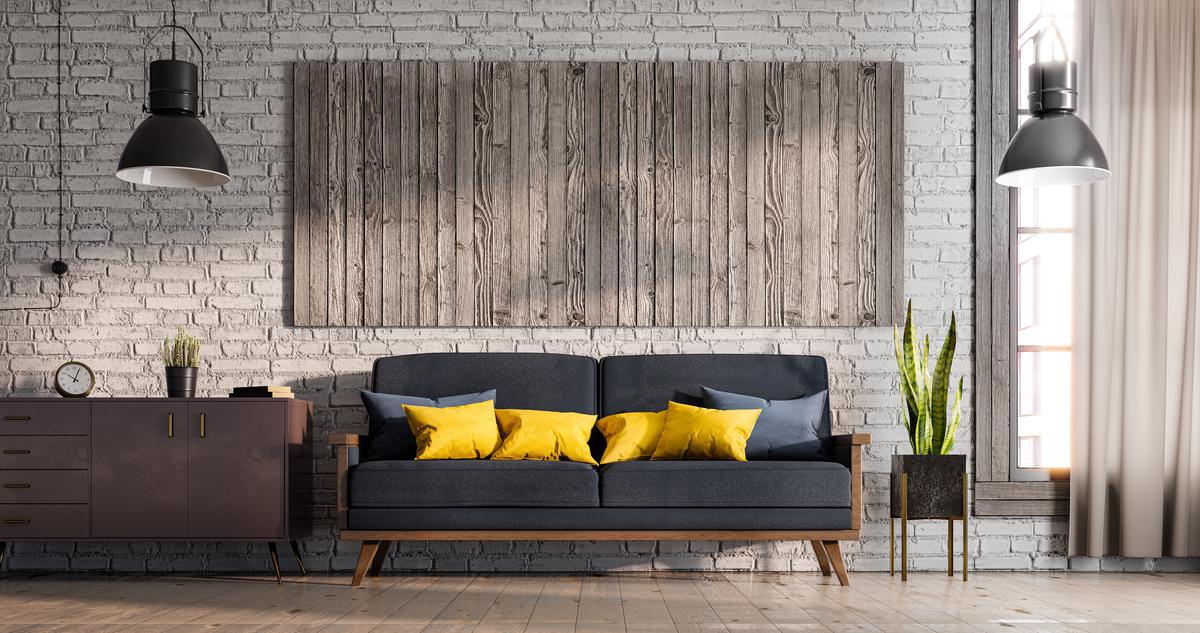
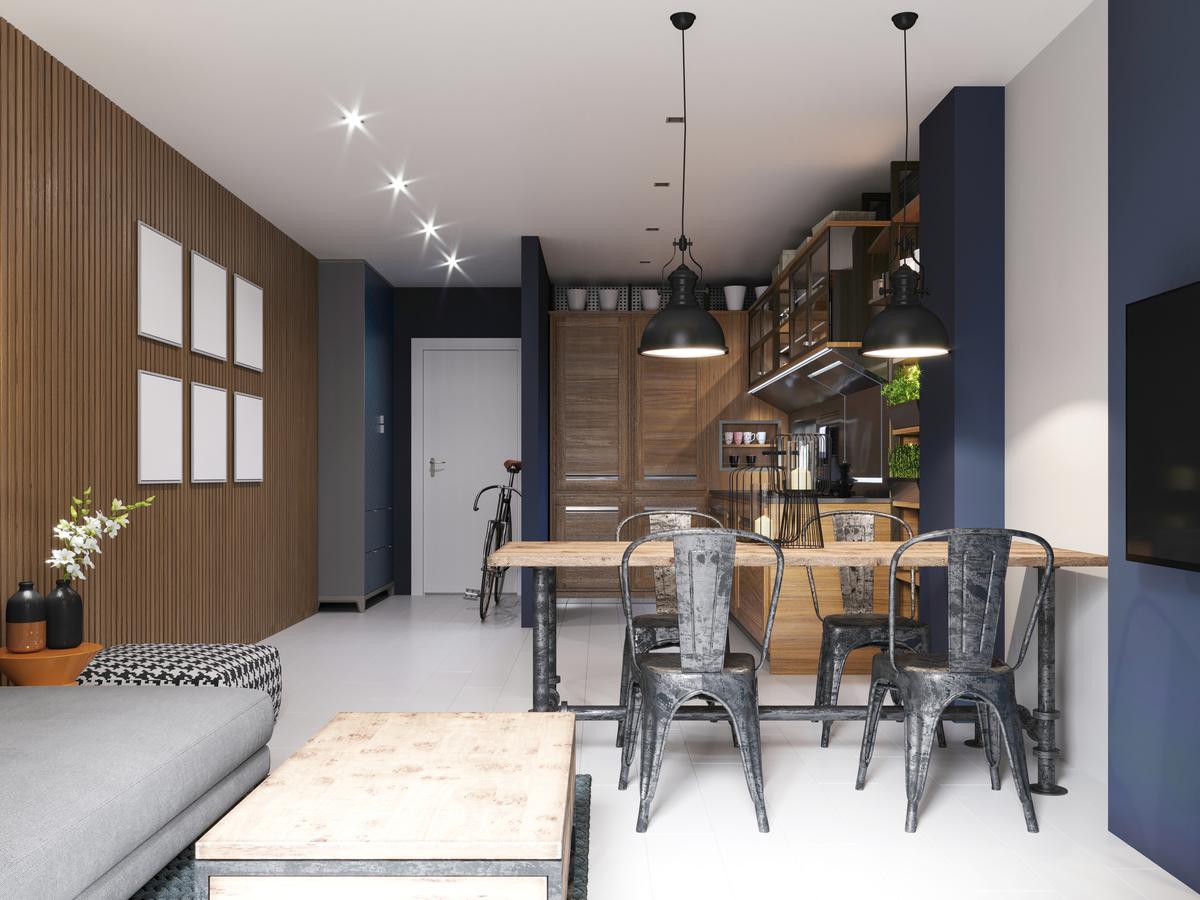
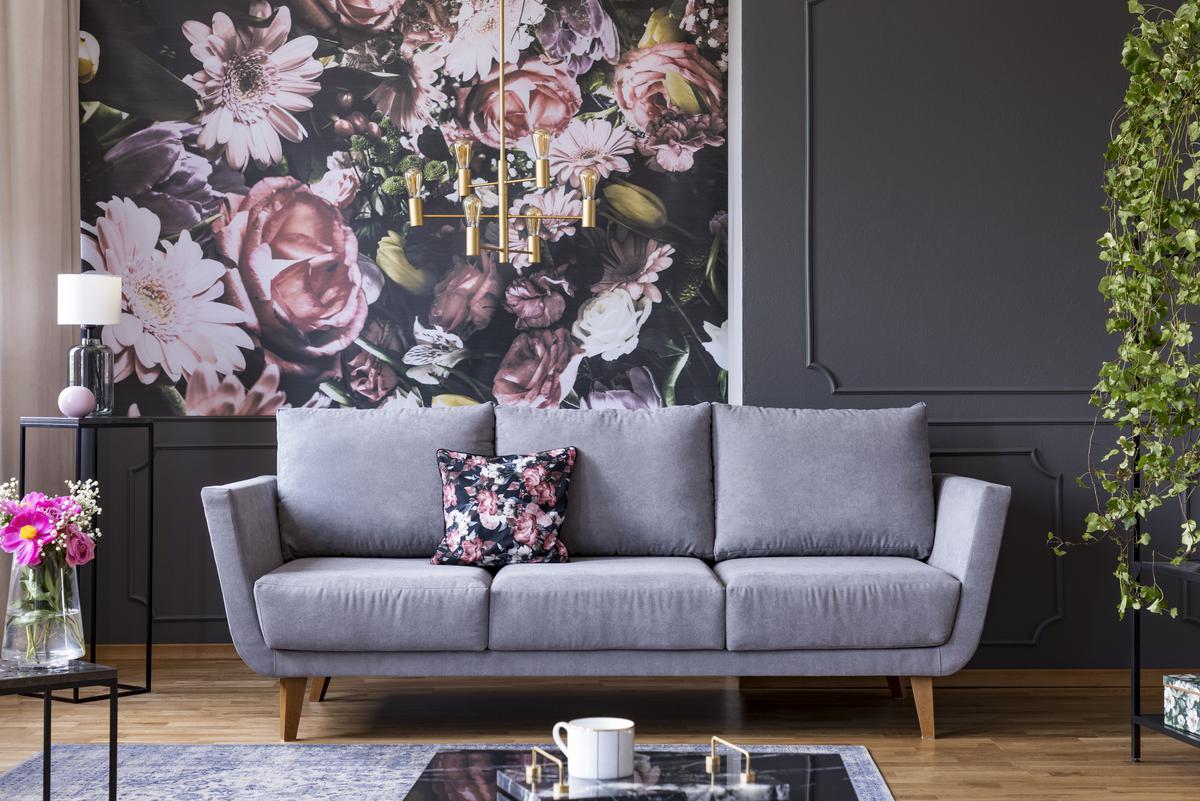
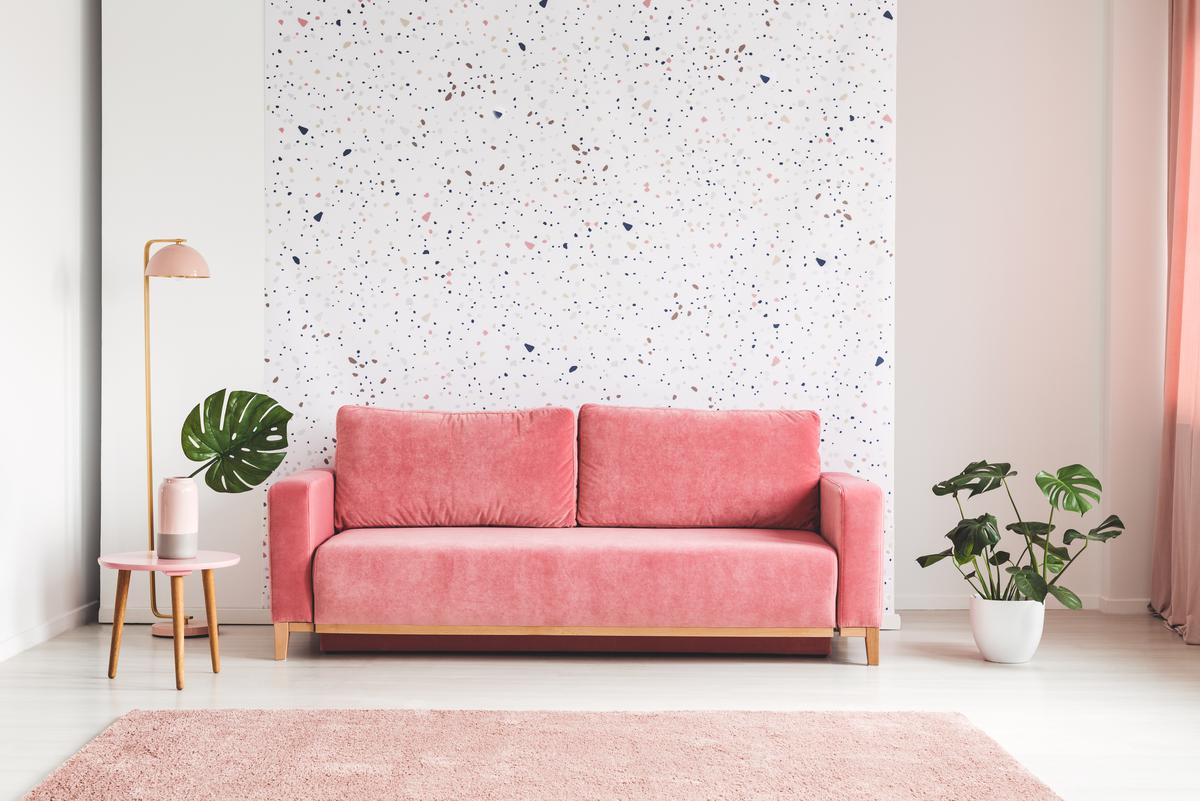
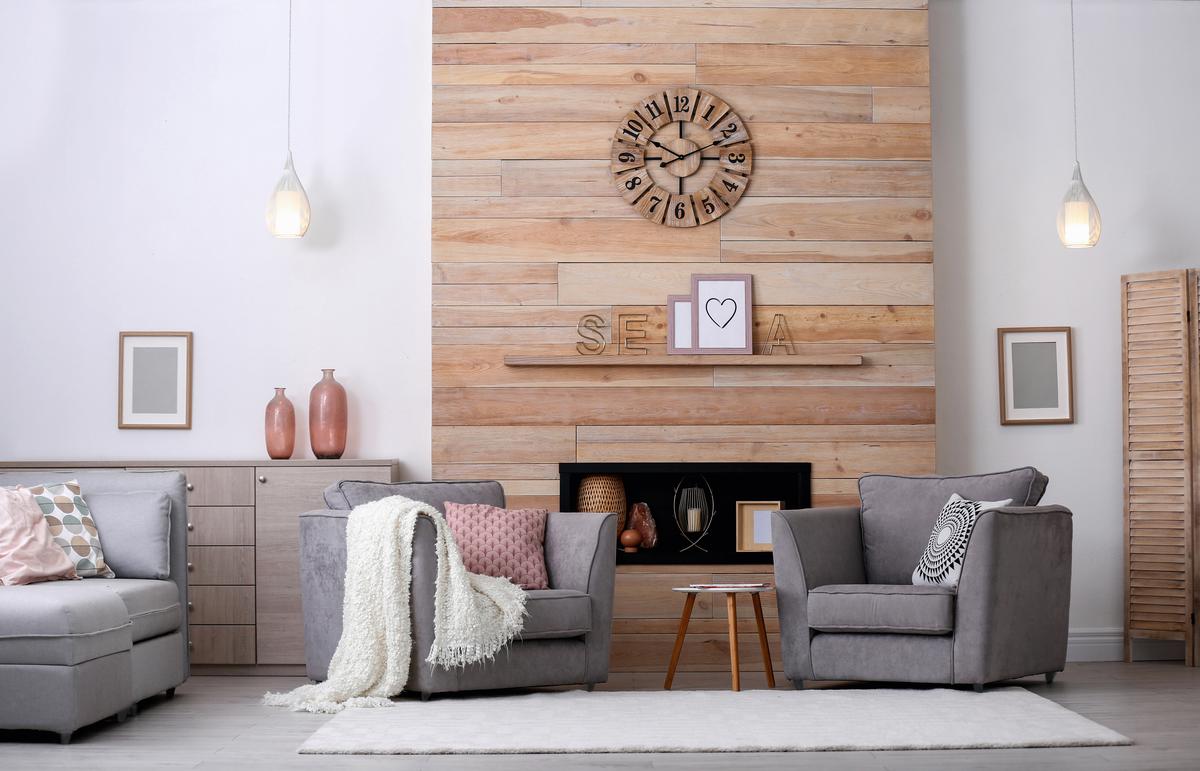
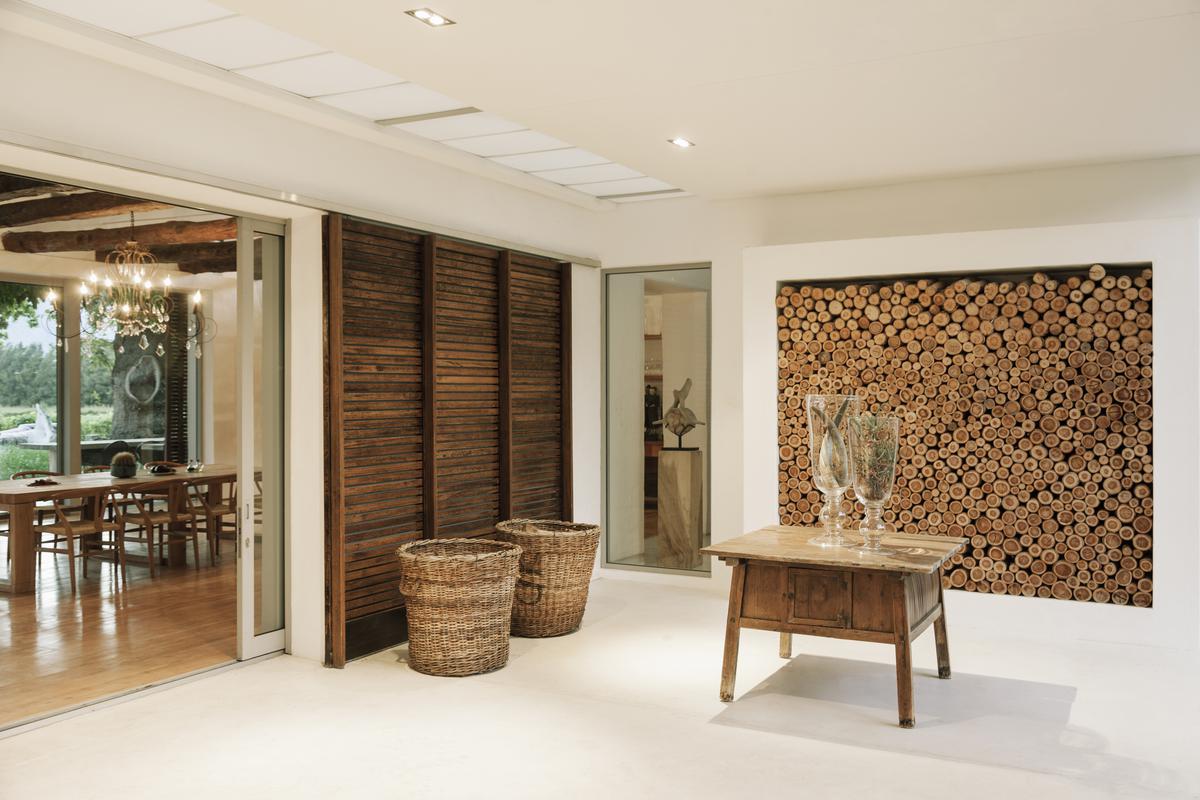
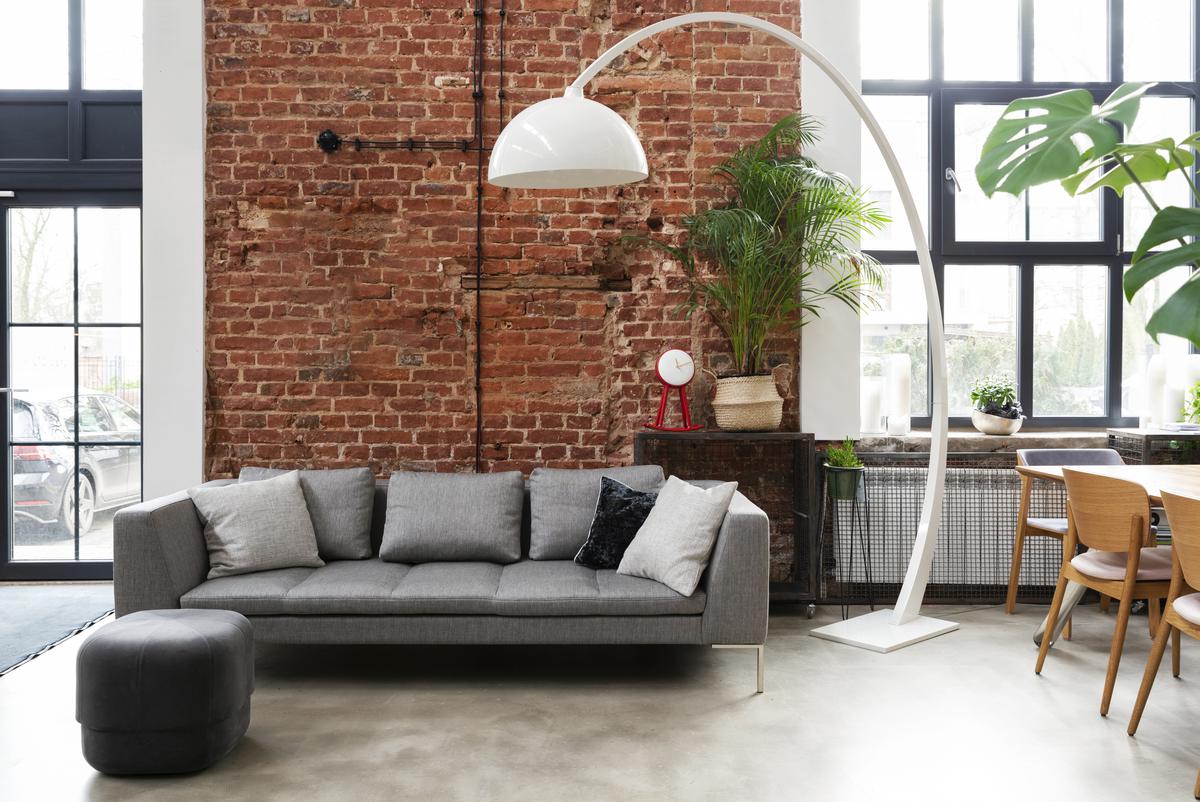
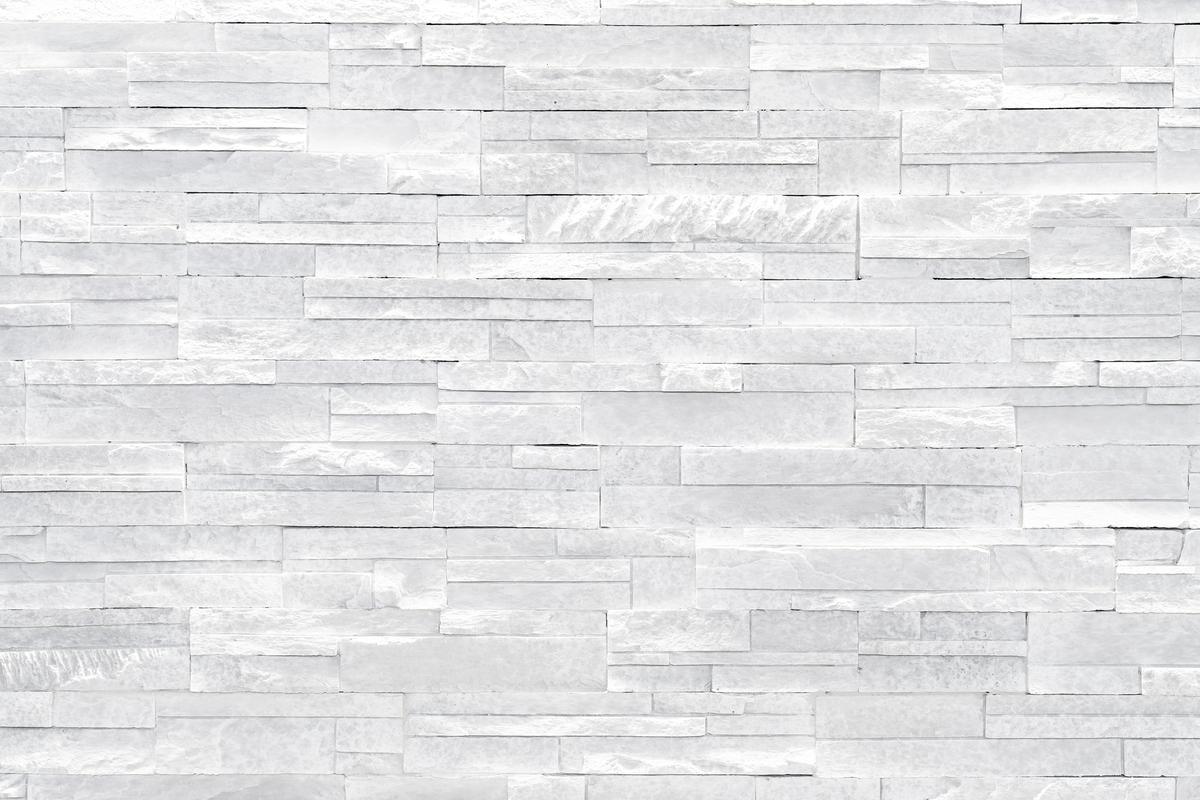
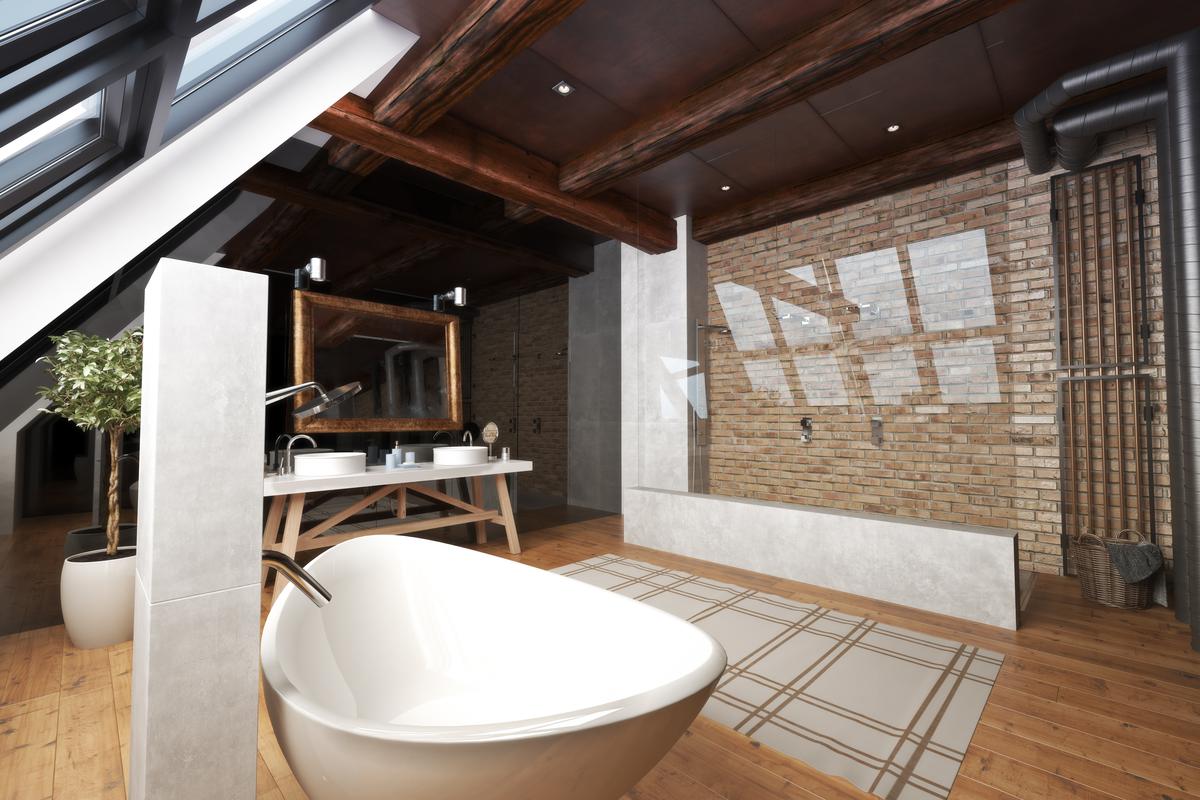
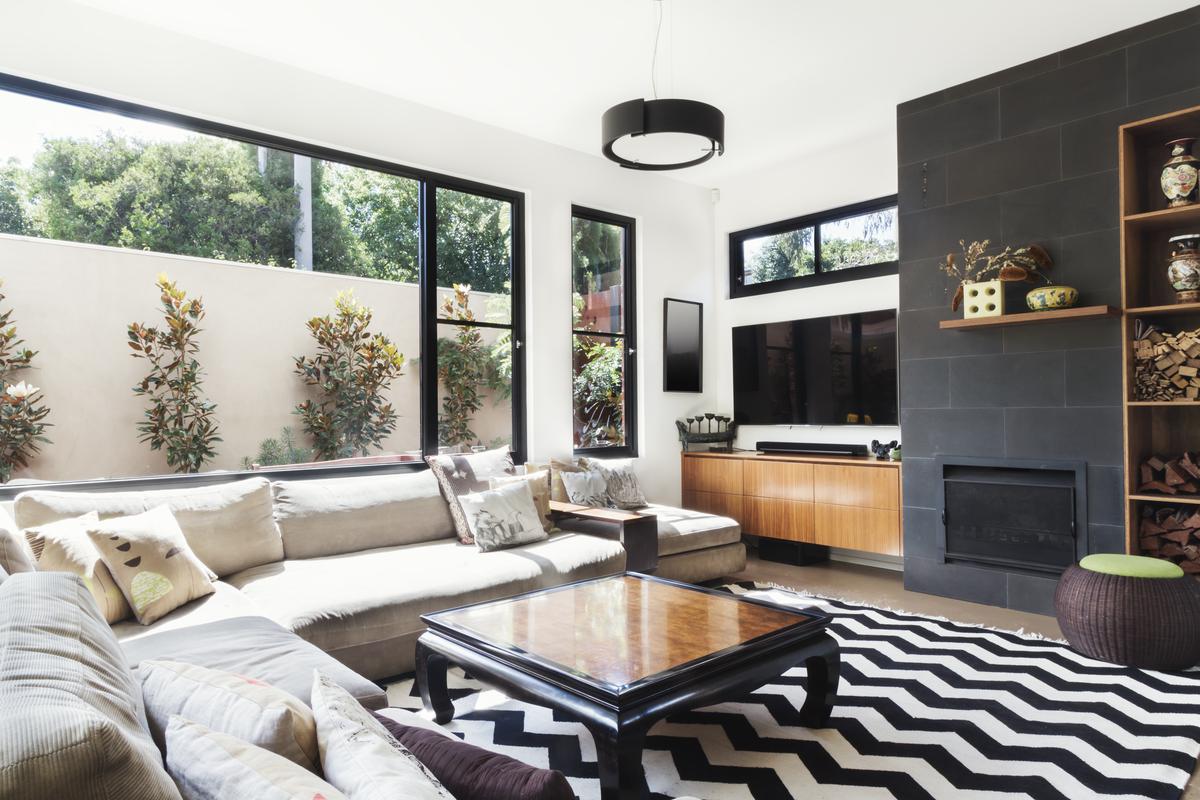
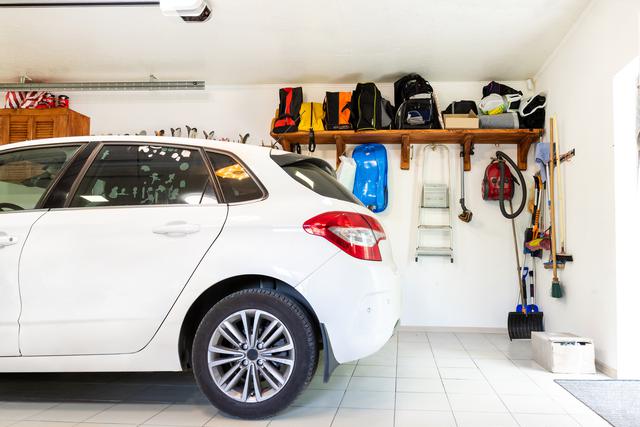
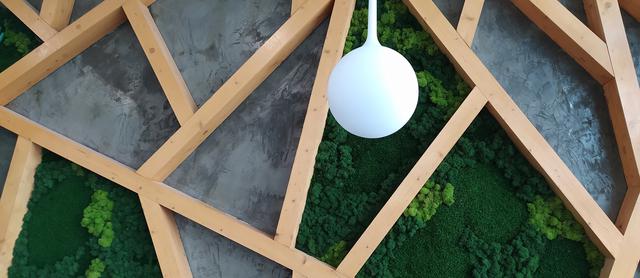

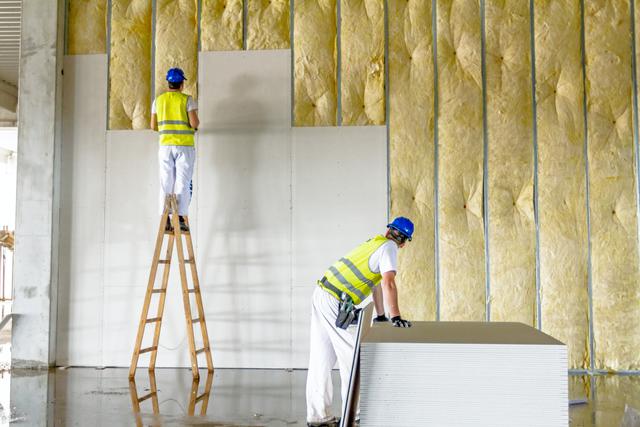
comments